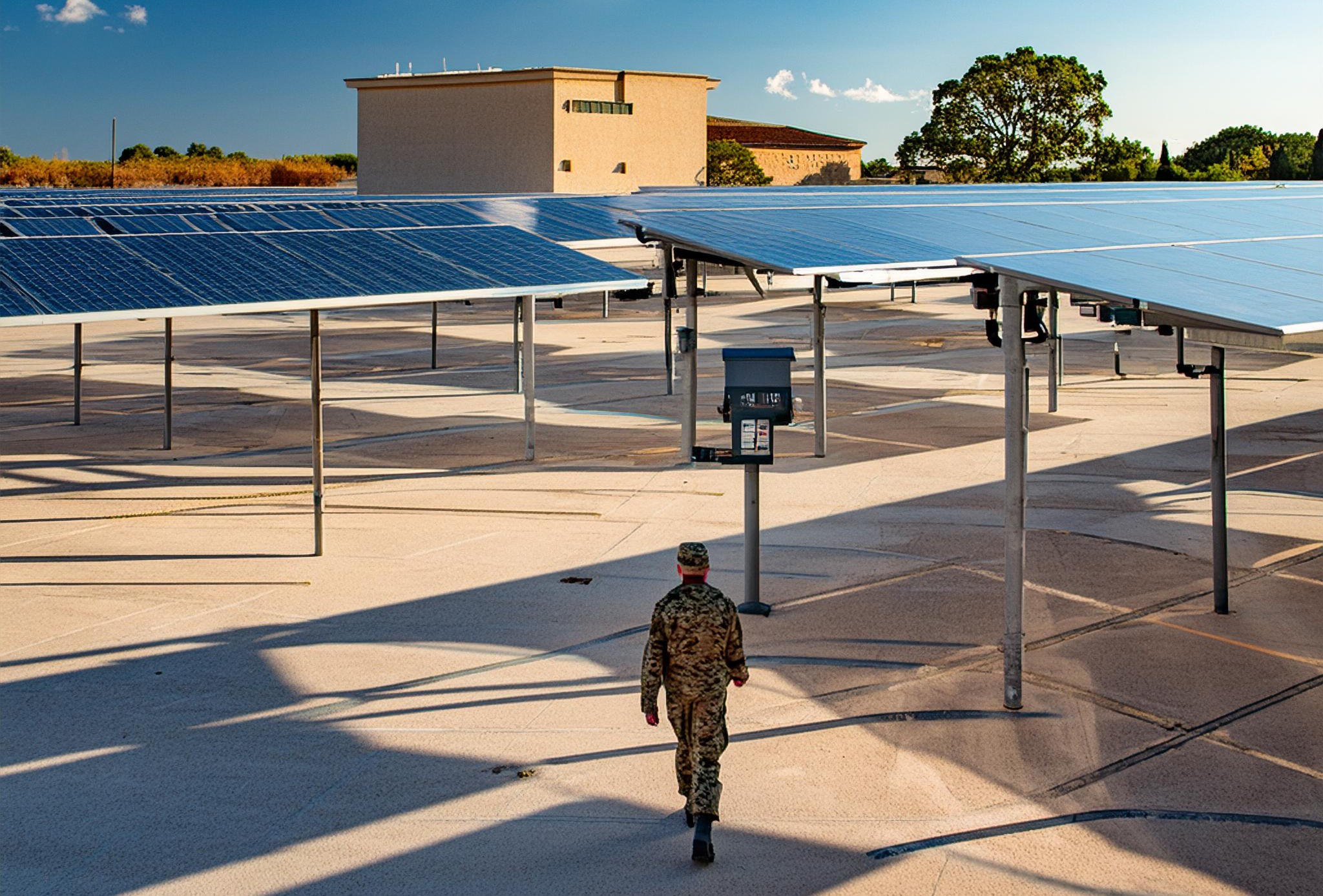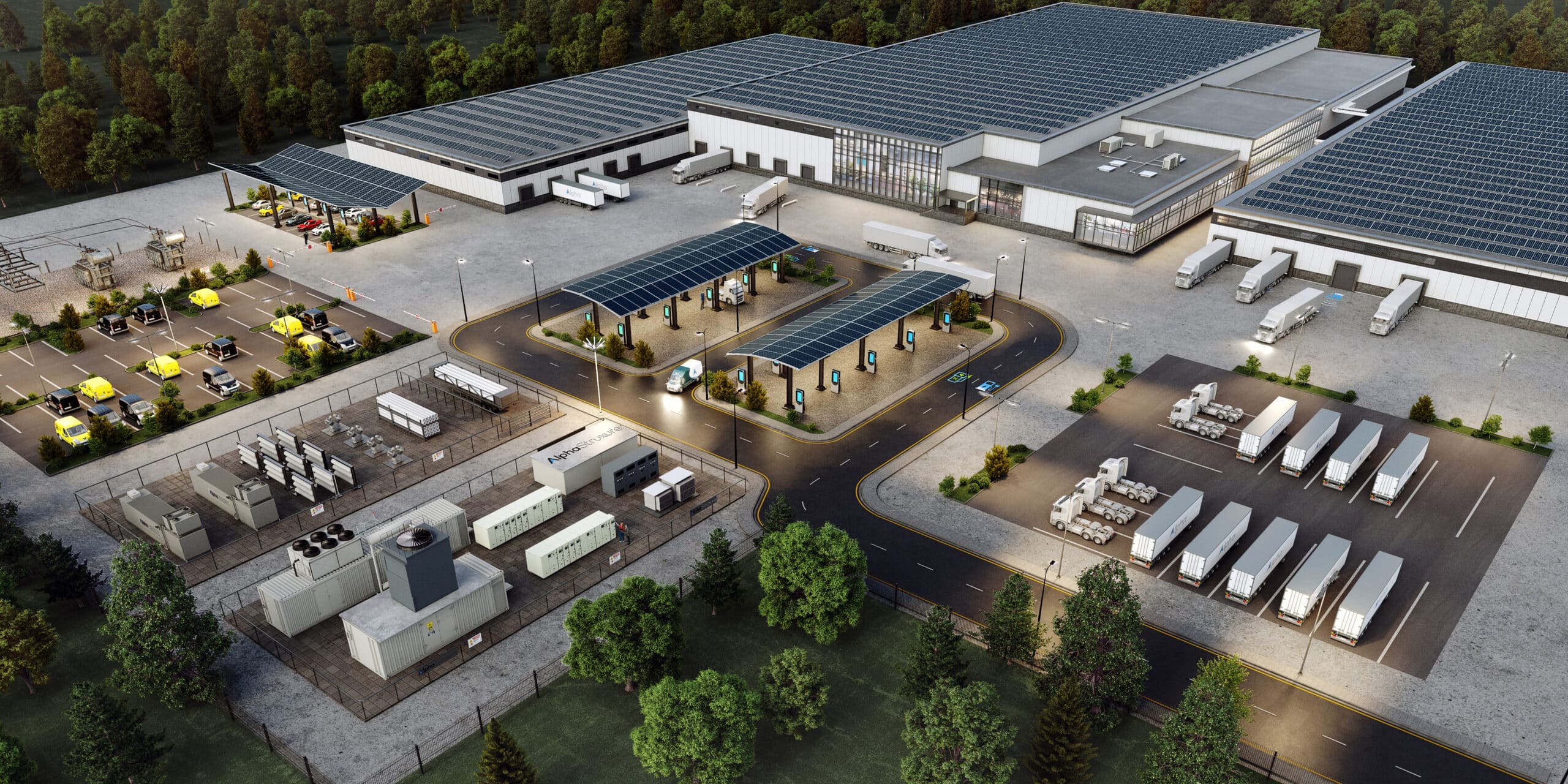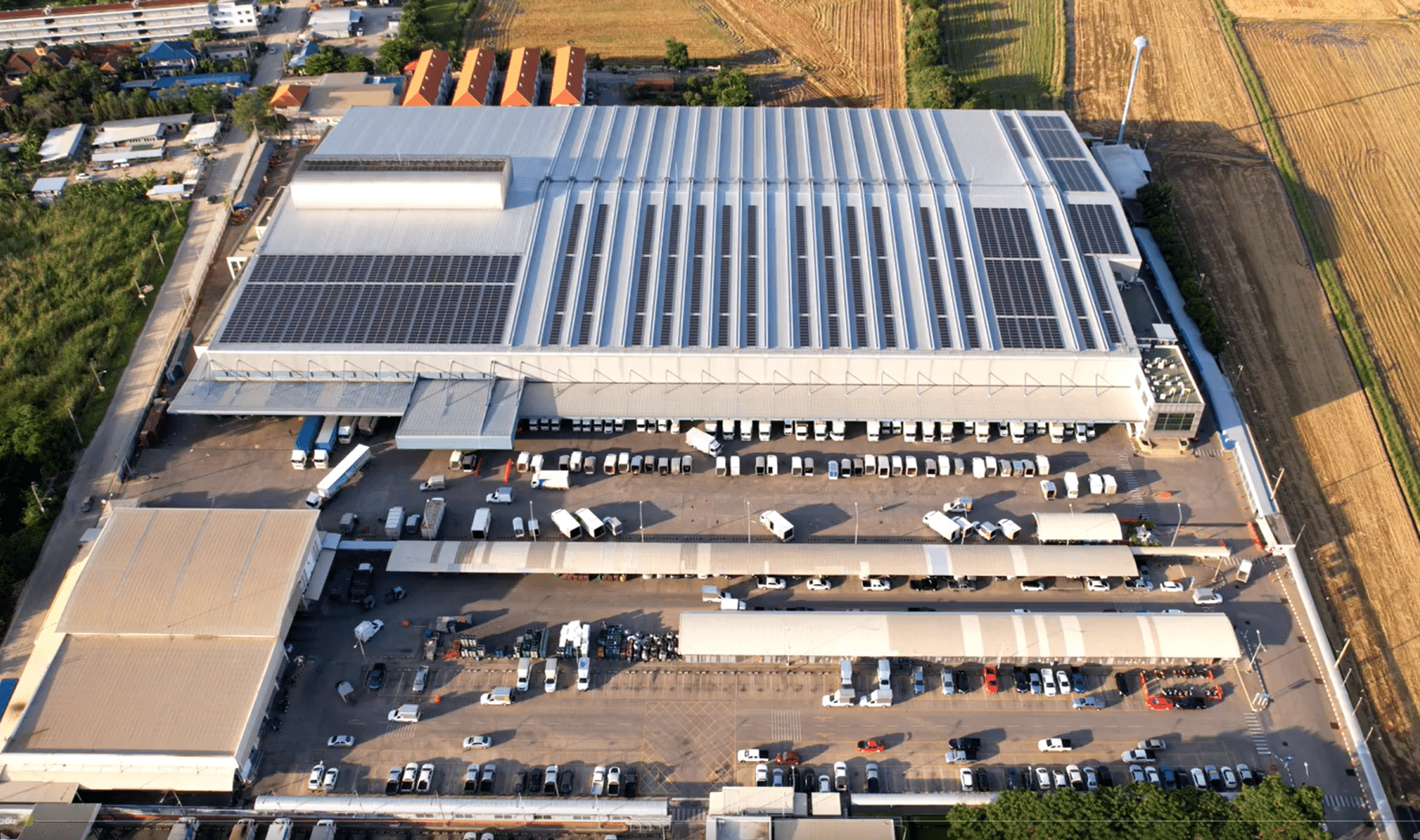According to the US EPA, nearly one third of U.S. greenhouse gas emissions are caused by transportation, making zero-emission vehicles — powered by sustainable energy systems — essential to solving the climate crisis.
Governments around the world are stepping up to support this transition. In the U.S., the Biden administration is working to strengthen emissions regulations and fuel economy standards. New legislation in the works can help. Legislative proposals under consideration would seek to create a national network of EV charging infrastructure, increase federal grants and tax credits for EV purchases, and aggressively support R&D investments meant to reduce the cost of ZEVs.
At the same time, the rise in ESG investments and increasing competitive pressures are causing many companies, governments and organizations to consider fleet electrification. As one example, transit agencies across the country are introducing electric buses and pledging to transition to fully zero-emission fleets. Both LA Metro and New York City MTA, the two largest transit fleets in the country, plan to convert their systems to all-electric buses by 2030 and 2040 respectively.
Electric buses currently make up 45 percent of all new buses being purchased today around the world. It’s projected that the number will grow to 80 percent over the next two decades according to BloombergNEF. But as both private sector and public sector fleets increasingly look to electrify at scale, a few important issues quickly emerge:
- Availability of energy capacity from the utility
- The resilience and sustainability of energy supply
- Strained capital budgets needed for infrastructure
Barrier 1: Availability of Energy Capacity
At the moment, many utilities are not able to deliver the distribution system capacity and process to support concentrated, large-scale EV fleet transitions. As EV fleets grow, organizations will be faced with a critical point where the energy demand from the fleet can no longer be met by their existing utility connection. Charging infrastructure capacity needs are not linear in nature and upgrades to the distribution network are often expensive and slow moving, taking months or even years to complete. Not to mention, without demand management strategies and time-limited favorable EV charging tarifs, electricity bills will grow out of control as fleets are subjected to time-of-use rates and demand charges.
Barrier 2: The resilience and sustainability of energy supply
Most companies and agencies rely on their fleets to meet a primary service obligation — move people or goods from place to place. Fleet operators with large electrification commitments run headfirst into the challenges of sustainability and resilience of the electricity that’s now fueling the fleet to meet those service obligations. The steady uptick in extreme weather events and utility power outages points to an increasingly dire need for energy reliability and resilience. In the event of a power outage, both public and private organizations need to ensure that they can meet their service obligations. And with pressure increasing to improve ESG scores and enhance sustainability, making sure that fleets are powered by sustainable, renewable and clean energy is likewise critical.
Barrier 3: Strained capital budgets needed for infrastructure
The solutions to Barriers 1 and 2, charging infrastructure, charge management capabilities, and on-site energy resources that enhance sustainability and resilience, are both capital intensive and distracting for operations. Traditionally, fleet operators have been able to focus on the vehicle as the capital investment, and haven’t needed to think about the interplay between the transportation and utility needs of their organization. There are opportunities for synergies in the major capital investment needed for the energy supply and electrical infrastructure and how it is sourced. Faced with an imperative to electrify, fleets may struggle to find the capital needed for the on-site charging and energy infrastructure.
A Holistic Solution: Energy as a Service Microgrids & Charging Infrastructure
Energy as a Service (EaaS) can provide a comprehensive solution for fleets transitioning from fossil fuel to zero-emission alternatives. EaaS delivers the necessary energy capacity, ensures that energy is resilient and sustainable, and eliminates the upfront capital cost and risk of deploying and operating infrastructure.
Through the use of advanced microgrids incorporating on-site energy technologies — including solar PV, batteries, alternative fuels, distributed generation, and controls — fleets can have their own dedicated source of sustainable and resilient energy to charge up vehicles. This approach ensures maximum operational flexibility for the fleet, in contrast to being bound by utility constraints like time-of-use rates and demand charges.
An EaaS approach, wherein a third-party designs, builds, finances, owns and operates the infrastructure, eliminates the cost and complexity traditionally associated with installing a microgrid and charging infrastructure. AlphaStruxure is pioneering the EaaS model to make the benefits of microgrids and fleet infrastructure easy and accessible, backed by long-term strategic partnerships with our customers.
AlphaStruxure is working with companies, transit agencies and municipalities to solve the challenges posed by fleet electrification and support their efforts to achieve net zero carbon emissions. We provide fleet operators with ultimate flexibility around depot design and technology integration, phasing, load growth, along with the tools to manage new flexibility needs for EVs. We can also provide the additional capacity needed to meet any depot’s growth requirements, while ensuring that sustainability and resilience goals are met now and in the future.
For example, we’re working with a large suburban county on the east coast that is prone to storms and outages to electrify its public bus system, setting the country on track to reduce carbon emissions from its bus operations by more than 60 percent today with the goal of achieving net zero carbon emissions within the next 15 years.
To deliver on-site microgrid and charging infrastructure through the EaaS model requires substantial capabilities. That’s why AlphaStruxure, as a joint venture of two leading companies, brings together the energy technology and expertise of Schneider Electric with the financial strength of The Carlyle Group.
Schneider Electric is ranked #1 globally for EaaS and microgrid technology, and was recently recognized as the most sustainable company in the world by Corporate Knights. AlphaStruxure combines Schneider’s energy leadership with the comprehensive structuring and financing capabilities of The Carlyle Group, one of the largest and most diversified private investment firms with $243 billion in assets.
As a result, AlphaStruxure’s microgrid and charging infrastructure is delivered at zero upfront cost that’s guaranteed to meet specified cost, sustainability and uptime targets with the depth and expertise to stand behind those commitments. We believe widespread zero-emission vehicle adoption and fleet electrification is a critical piece of the global energy transition, and with our EaaS offering, fleet owners and operators have a trusted partner in realizing their sustainability, reliability and resilience goals today.
Get in touch with the AlphaStruxure team to enable your fleet electrification goals through a custom EaaS microgrid solution today.




